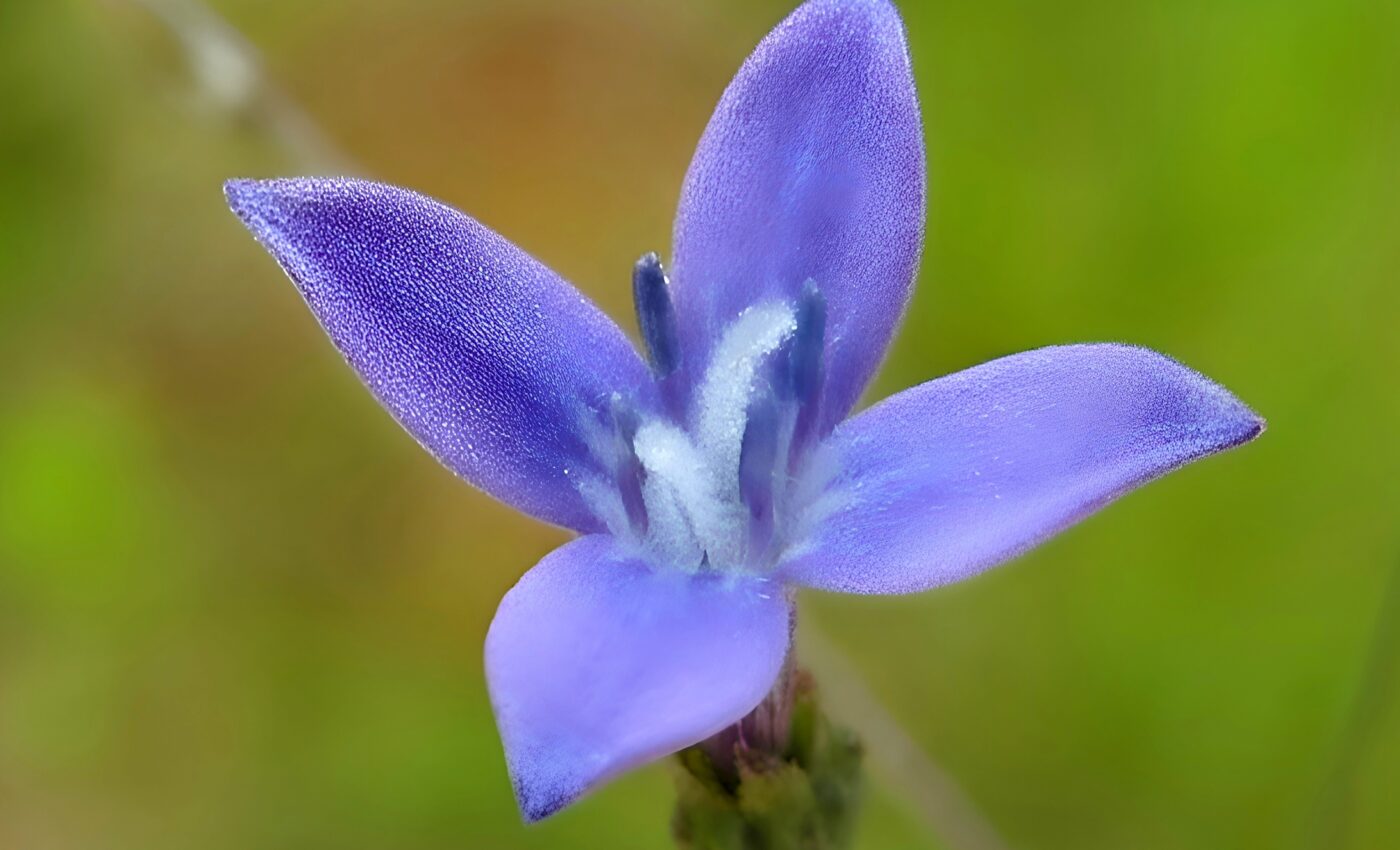
'Super power' of a tropical flower will improve drug discovery
Scientists at the University of Bath have achieved a breakthrough by harnessing the “super power” of a tropical flower, potentially revolutionizing the pharmaceutical industry’s approach to drug development.
The research, inspired by nature, focuses on creating more stable and effective drugs using a technique derived from Oldenlandia affinis, a small purple flower.
Seeking more effective drugs
Traditionally, drug treatments target disease-related proteins to block their activity, either alleviating symptoms or curing the disease. However, the conventional method using small molecules has limitations, especially in blocking protein interactions.
The pharmaceutical industry is now exploring the use of small proteins called peptides, which could lead to improved drug discovery.
New drug candidates
The challenge with peptides and proteins as drug candidates is their structural vulnerability. They tend to unravel, are sensitive to high temperatures, and have difficulty penetrating cells, where many significant drug targets reside.
The University of Bath team has developed a novel solution to these issues. The technique involves creating “cyclic” proteins and peptides by joining their start and end points. This process enhances their stability against heat and chemicals and facilitates easier cell penetration.
Focus of the study
The experts utilized the enzyme OaAEP1 from Oldenlandia affinis, modifying it and integrating it into bacterial cells for mass production. This process simultaneously joins the proteins’ ends in a single step.
While plants can naturally cyclicize proteins, it’s a slow and low-yielding process. Chemical cyclization is an alternative but involves multiple steps and toxic solvents.
Key insights
The bacterial system introduced by the Bath team is a significant improvement. This approach offers higher yields, uses sustainable biologically-friendly reagents, and simplifies the process, making it cheaper and greener.
To demonstrate their method’s efficacy, the researchers applied their bacterial OaAEP1 technology to a protein called DHFR. They found that linking its head and tail ends increased its temperature resistance while maintaining its normal function.
Study significance
Professor Jody Mason from the University of Bath’s Department of Life Sciences highlighted the significance of this discovery.
“Proteins and peptides are generally quite sensitive to heat, but cyclisation makes them much more robust,” said Professor Mason. “The Oldenlandia plant naturally makes cyclic proteins as part of a defence mechanism to deter predators.”
“So we’ve harnessed this flower super power by modifying OaAEP1 and combining it with existing bacterial protein-producing technology to create a really powerful tool that will help the drug discovery industry.”
Exciting potential applications
Dr. Simon Tang, a research associate in the University of Bath Department of Life Sciences, explained that proteins and peptides are very promising as drug candidates, but a significant bottleneck for the development of new therapeutic treatments is producing enough of the stuff to reach patients without incurring an astronomical cost.
“Our new process lets the bacteria do all the work – the result is it’s also cleaner and greener, and because it has fewer steps, it is a lot simpler to do,” said Dr. Tang.
“We’re really excited about the potential applications of this, not only for the pharmaceutical industry but other industries such as the food industry, detergent industry, in biotechnology, and in bioenergy production.”
The researchers have filed a patent for the technique. The study is published in the Journal of the American Chemical Society Gold.
Image Credit: Peter Warren
Like what you read? Subscribe to our newsletter for engaging articles, exclusive content, and the latest updates.
—-
Check us out on EarthSnap, a free app brought to you by Eric Ralls and Earth.com.













